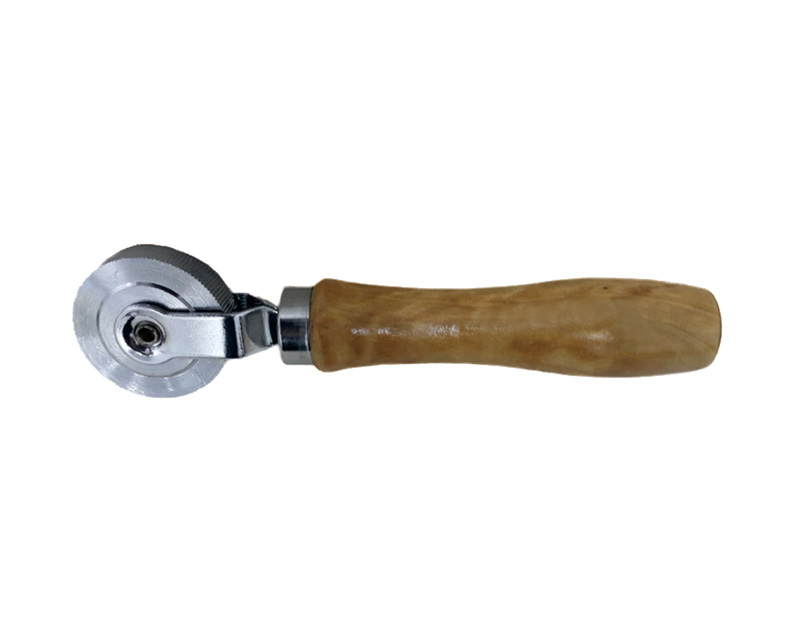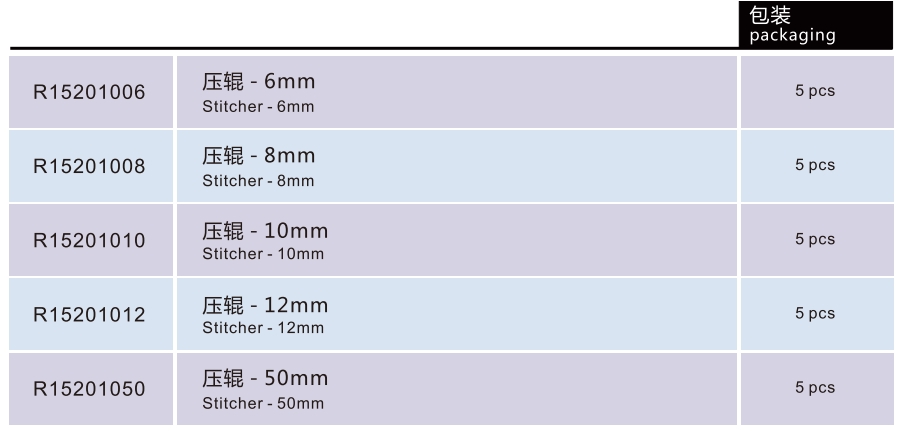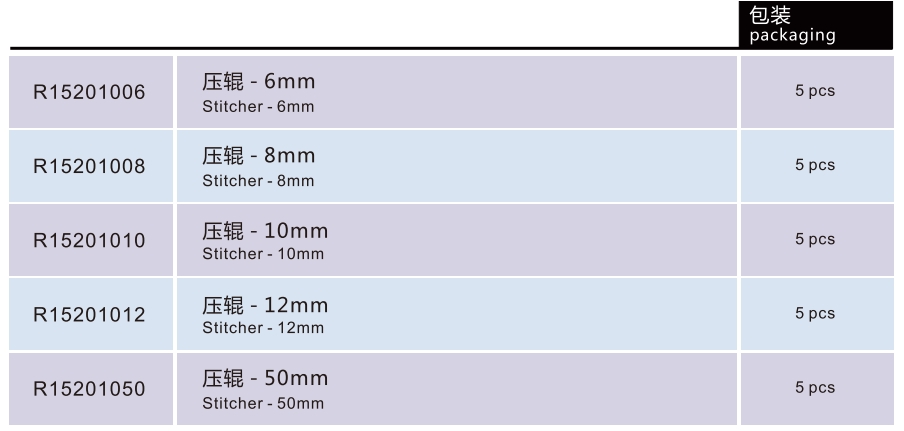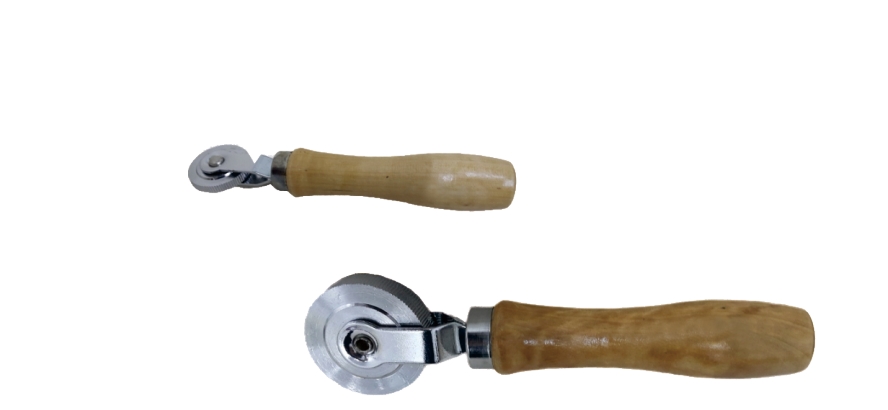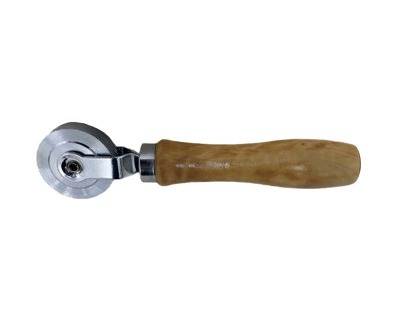
Stitcher for patches application
Pressure Roller: Characteristics & Applications in Accessory Patching
A versatile mechanical device for pressing, flattening, and grinding, the pressure roller is a key component in manufacturing production lines—especially in accessory processing, where it serves as a core patching tool for thin sheet materials and coils.
Pressure roller is a mechanical device used for pressing, flattening, grinding and other processing processes, commonly found in various production lines and processing equipment in the manufacturing industry. In accessory processing, the pressure roller is usually used as a patching tool for processing thin sheet materials, coils, and other workpieces.
Key Characteristics in Accessory Patching
Simple Structure, Convenient Operation & High Machining Accuracy
The pressure roller features a streamlined design that balances functionality and ease of use, with core advantages including:
Compact Composition: Typically composed of the roller body, bearings, and transmission device—resulting in an overall compact structure that simplifies installation, disassembly, and daily maintenance.
Flexible Parameter Adjustment: By fine-tuning key parameters such as pressure intensity and rotational speed, it achieves precise machining of workpieces, ensuring consistent processing quality and meeting strict accuracy requirements.
Low Operational Threshold: The intuitive operation logic reduces training costs for operators, enabling stable and efficient processing even in high-volume production scenarios.
Applicability & Application Areas in Accessory Patching
Thin Sheet Material Processing
For thin sheet workpieces (e.g., metal sheets, plastic films), the pressure roller effectively flattens and trims the surface to eliminate wrinkles or unevenness. It also reduces residual stress generated during material forming, thereby enhancing the workpiece's structural strength and surface smoothness—laying a solid foundation for subsequent assembly or finishing processes.
Coil Processing
In coil processing (e.g., metal coils, composite material coils), the pressure roller performs accurate pressing and grinding operations. It ensures uniform compression across the coil's width, tightly controlling dimensional accuracy (such as thickness consistency) and surface roughness. This is critical for maintaining the stability of coil unrolling and subsequent cutting processes in automated production lines.
Metal & Plastic Processing Fields
Beyond sheet and coil processing, pressure rollers are widely used in patch-related processes across metal and plastic accessory manufacturing. In metal processing, they assist in bonding patches to structural components or smoothing welded joints; in plastic processing, they ensure tight adhesion of plastic patches to workpieces (e.g., in automotive plastic parts or household appliance casings), improving product durability and aesthetics.
